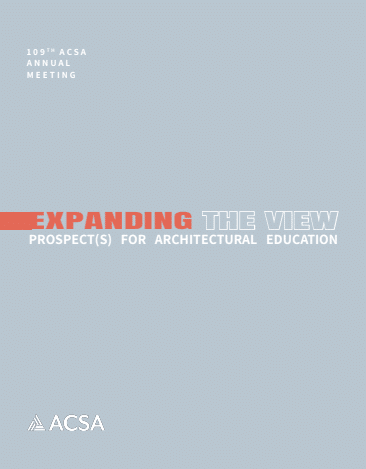Author(s): Martin Haettasch
The question of housing in America’s growing urban centers has gravitated towards extremes in recent years: efforts at densification have sparked massive developments of multi-story apartment blocks, on the other hand the free standing single family house remains to date the unchallenged ideal of many Americans. Austin, TX is no exception to this trend: Single-family homes continue to make up by far the largest share of housing while large multifamily structures have seen a steady increase by about 40% over the last decade1. This development has led to spatial and social disparities. While multi-unit structures have accelerated the urbanization of a few neighborhoods and corridors, and cater to a transient population of young professionals, rising property values have made the “house” an increasingly unattainable dream for many middle class families. This lack of a middle ground has been aptly identified within the discourse of New Urbanism as the “Missing Middle,”2 referring to the density range between the apartment block and the single family house as much as a vanishing “middle class”. The Missing Middle promotes walkable neighborhoods with housing densities able to sustain local amenities and businesses without sacrificing essential comforts of the single family home. Gaining ground throughout planning departments across North America, the idea has increasingly come to be reflected in the rewriting of zoning codes.3. But despite the groundwork being laid, a true design discourse to give form(s) to the idea has yet to emerge. All too often, Missing Middle housing is reduced to a mere zoning problem or entangled in a retrogressive formal agenda and the desire to create a simulacrum of a pre-modern city based on pre-WWII housing types. All but absent from this discourse is the rich legacy of modernist experimental housing that explored the medium density range – often already perceived as counter model to CIAM’s pre-war doctrine of the functionalist city. Regardless of successes or failures, this discourse hinged on two crucial recognitions. First: the unit always prefigures a (possible) city, and the smallest domestic space begins to suggest attitudes towards the relationship between individuals, architecture, and the city; and second: these relationships are inherently a design problem.
https://doi.org/10.35483/ACSA.AM.109.89
Volume Editors
ISBN
978-1-944214-37-1

 Study Architecture
Study Architecture  ProPEL
ProPEL 
